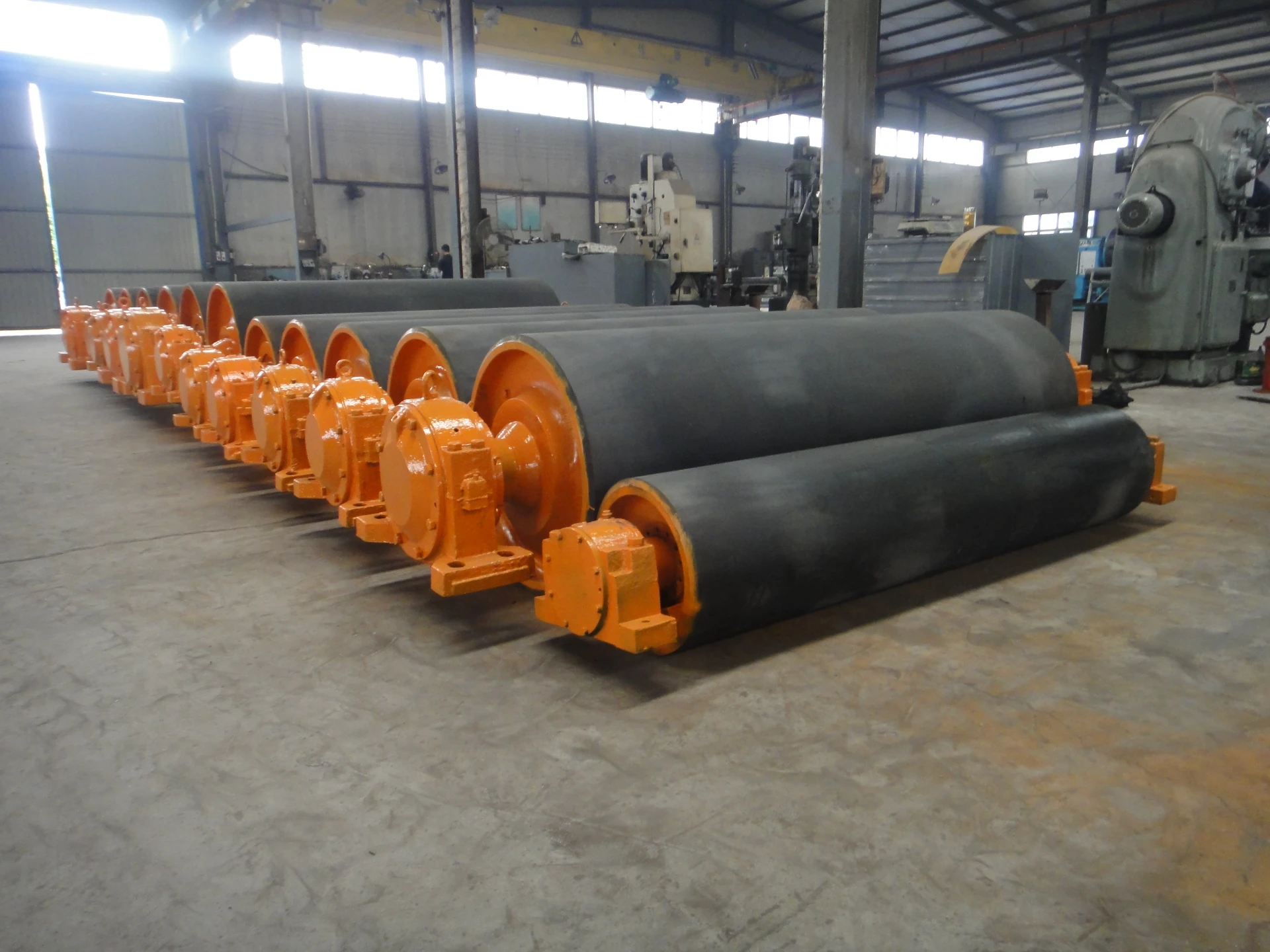 Afrikaans
Afrikaans  Albanian
Albanian  Amharic
Amharic  Arabic
Arabic  Armenian
Armenian  Azerbaijani
Azerbaijani  Basque
Basque  Belarusian
Belarusian  Bengali
Bengali  Bosnian
Bosnian  Bulgarian
Bulgarian  Catalan
Catalan  Cebuano
Cebuano  Corsican
Corsican  Croatian
Croatian  Czech
Czech  Danish
Danish  Dutch
Dutch  English
English  Esperanto
Esperanto  Estonian
Estonian  Finnish
Finnish  French
French  Frisian
Frisian  Galician
Galician  Georgian
Georgian  German
German  Greek
Greek  Gujarati
Gujarati  Haitian Creole
Haitian Creole  hausa
hausa  hawaiian
hawaiian  Hebrew
Hebrew  Hindi
Hindi  Miao
Miao  Hungarian
Hungarian  Icelandic
Icelandic  igbo
igbo  Indonesian
Indonesian  irish
irish  Italian
Italian  Japanese
Japanese  Javanese
Javanese  Kannada
Kannada  kazakh
kazakh  Khmer
Khmer  Rwandese
Rwandese  Korean
Korean  Kurdish
Kurdish  Kyrgyz
Kyrgyz  Lao
Lao  Latin
Latin  Latvian
Latvian  Lithuanian
Lithuanian  Luxembourgish
Luxembourgish  Macedonian
Macedonian  Malgashi
Malgashi  Malay
Malay  Malayalam
Malayalam  Maltese
Maltese  Maori
Maori  Marathi
Marathi  Mongolian
Mongolian  Myanmar
Myanmar  Nepali
Nepali  Norwegian
Norwegian  Norwegian
Norwegian  Occitan
Occitan  Pashto
Pashto  Persian
Persian  Polish
Polish  Portuguese
Portuguese  Punjabi
Punjabi  Romanian
Romanian  Russian
Russian  Samoan
Samoan  Scottish Gaelic
Scottish Gaelic  Serbian
Serbian  Sesotho
Sesotho  Shona
Shona  Sindhi
Sindhi  Sinhala
Sinhala  Slovak
Slovak  Slovenian
Slovenian  Somali
Somali  Spanish
Spanish  Sundanese
Sundanese  Swahili
Swahili  Swedish
Swedish  Tagalog
Tagalog  Tajik
Tajik  Tamil
Tamil  Tatar
Tatar  Telugu
Telugu  Thai
Thai  Turkish
Turkish  Turkmen
Turkmen  Ukrainian
Ukrainian  Urdu
Urdu  Uighur
Uighur  Uzbek
Uzbek  Vietnamese
Vietnamese  Welsh
Welsh  Bantu
Bantu  Yiddish
Yiddish  Yoruba
Yoruba  Zulu
Zulu rubber lagging
Understanding Rubber Lagging Benefits and Applications
Rubber lagging is an essential component in various industrial applications, particularly in the mining and manufacturing sectors. It refers to a layer of rubber material applied to the surfaces of equipment such as pulleys, rollers, and conveyor belts. The primary purpose of rubber lagging is to enhance friction, protect surfaces, and extend the lifespan of the equipment. This article delves into the benefits, applications, and considerations surrounding rubber lagging.
Benefits of Rubber Lagging
1. Enhanced Friction and Grip One of the standout features of rubber lagging is its ability to improve the friction between the drive pulley and the conveyor belt. This enhanced grip reduces slippage, ensuring a more efficient transfer of materials. In industries where heavy materials are transported, this is crucial for maintaining productivity and minimizing downtime.
2. Protection Against Wear and Tear Equipment operating in harsh environments, such as mining or construction sites, is susceptible to wear and environmental damage. Rubber lagging acts as a protective barrier against abrasion, impacts, and corrosion. By safeguarding the underlying metal components, rubber lagging can significantly extend the lifespan of equipment, leading to reduced maintenance costs and fewer replacements.
3. Noise Reduction The installation of rubber lagging can also contribute to noise reduction. The rubber material absorbs vibrations and sound, creating a quieter working environment. This is particularly beneficial in facilities where noise levels must be minimized for safety or regulatory compliance.
4. Improved Material Handling Rubber lagged surfaces are designed to provide optimal material handling. The textured surface of the rubber enhances the movement of materials along conveyor systems, reducing the risk of material spillage and increasing overall efficiency.
Applications of Rubber Lagging
rubber lagging

Rubber lagging finds applications across various industries. In the mining sector, it is commonly used on conveyor belts that transport ores and minerals. The harsh conditions of mining, characterized by heavy loads and abrasive materials, make rubber lagging an invaluable asset.
In the manufacturing industry, rubber lagging is often used on rollers and pulleys in conveyor systems. Its ability to withstand heavy operational demands while providing enhanced grip makes it ideal for assembly lines and distribution centers.
Additionally, rubber lagging is utilized in water treatment facilities to protect equipment from wear caused by sediment and chemicals. Its versatility also extends to the agricultural sector, where it can be used on machinery involved in the processing and transportation of crops.
Considerations When Choosing Rubber Lagging
When selecting rubber lagging, several factors need to be considered. The type of rubber used can vary based on the specific requirements of the application. Different rubber compounds offer varying levels of abrasion resistance, temperature tolerance, and chemical compatibility. It is essential to choose a rubber lagging that aligns with the operating environment and the specific challenges faced by the equipment.
Proper installation is also crucial. Incorrectly applied lagging can lead to uneven wear, slippage, or even equipment failure. Therefore, engaging experienced professionals for installation is recommended to ensure optimal performance.
Conclusion
Rubber lagging is a vital component in numerous industrial applications, providing benefits that enhance equipment performance and longevity. With its ability to improve grip, protect against wear, and reduce noise, it is a practical solution for various sectors ranging from mining to manufacturing. By understanding the advantages and considerations associated with rubber lagging, industries can make informed decisions to optimize their operations and maintain their equipment efficiently.
-
Revolutionizing Conveyor Reliability with Advanced Rubber Lagging PulleysNewsJul.22,2025
-
Powering Precision and Durability with Expert Manufacturers of Conveyor ComponentsNewsJul.22,2025
-
Optimizing Conveyor Systems with Advanced Conveyor AccessoriesNewsJul.22,2025
-
Maximize Conveyor Efficiency with Quality Conveyor Idler PulleysNewsJul.22,2025
-
Future-Proof Your Conveyor System with High-Performance Polyurethane RollerNewsJul.22,2025
-
Driving Efficiency Forward with Quality Idlers and RollersNewsJul.22,2025





























